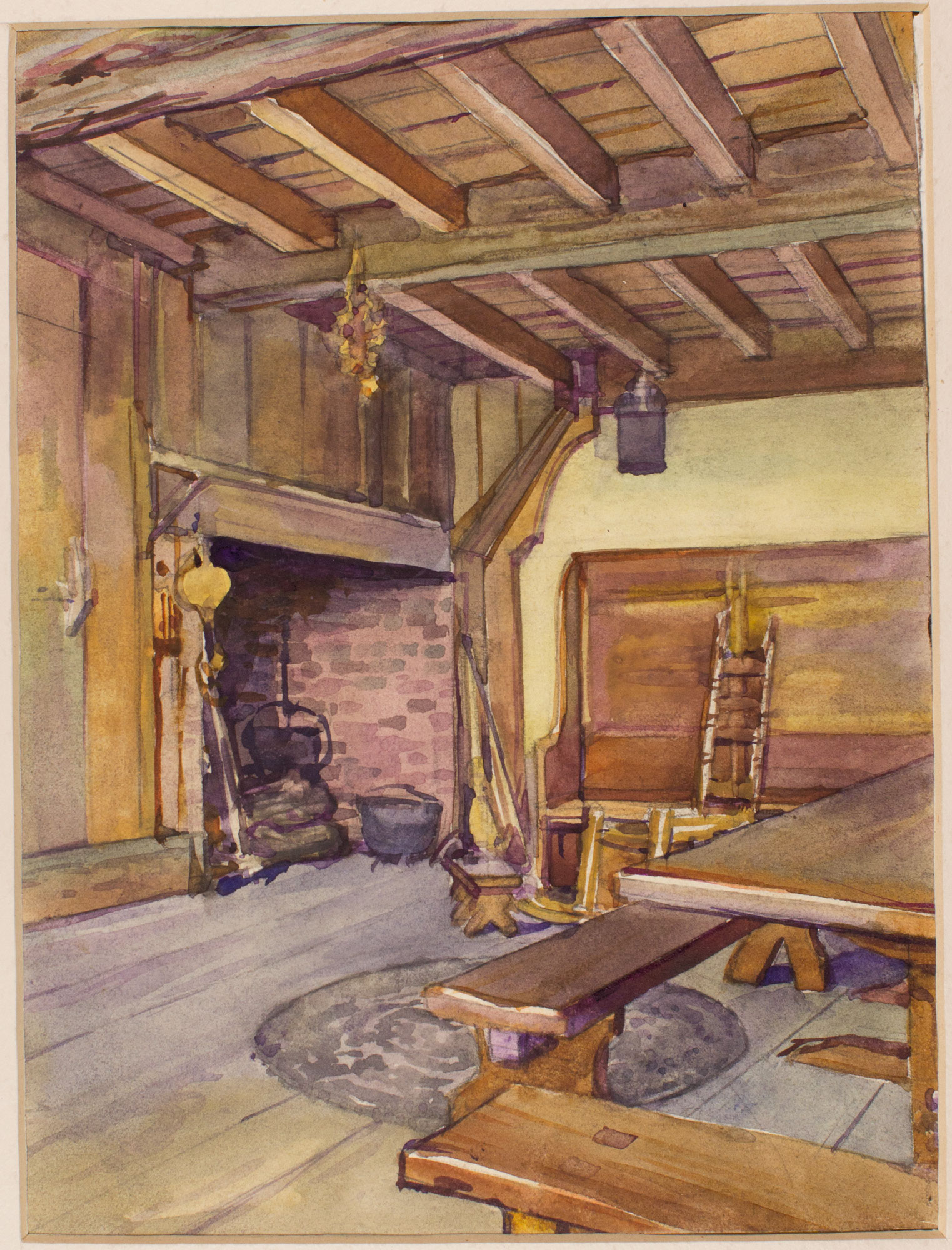Author: Ellen Downs
HAA 1020 Exhibition Development student - Fall 2019
The Nationality Rooms in the Cathedral of Learning have long been a staple of Pitt’s campus and have evolved alongside the city since their inception in the 1920s. The newest of the rooms, the Filipino Room, opened this year in June 2019. Meant to evoke abahay na bato –stone style of house from the 18th century– this room was built to be recognizably Filipino to anyone who enters it. The room is also filled with a collection of artifacts from the Philippines, including ceramics, religious statuary and sea shells. Although not based on any specific building, the room, according to fundraising chair Tina Purpura, “reminds [her] of [her] grandparent’s home.”
This latest addition is a world away from the first rooms built in the Cathedral. The Early American Room, constructed in 1938, was commissioned and funded by George Hubbard Clapp. Clapp’s collecting habits are subject to fresh investigation in the current exhibition at the University of Pittsburgh’s University Art Gallery (UAG), “The Curious Drawings of Doctor Clapp,” which is on show until 6 December.
In addition to commissioning the Early American Room, Clapp also contributed to the design of the room. The room is reputed to be inspired by the ancestral home of Clapp’s first American forebear who immigrated to Massachusetts in 1630. Clapp’s own copy of the Memoirs of Roger Clap is now held in the University Library System collection, and is featured in the exhibition. Clapp also gifted many of the artifacts decorating the Early American Room, such as a needlework sampler and a set of his Colonial American coins to contribute to the room’s collection. Many similar items from Clapp’s collections are also display in the exhibition at the UAG, including his own specimens of shells collected from the Philippines and given to the Carnegie Museum of Natural History.
Given Clapp’s own passion for conchology, it is a curious twist that the newest Nationality Room should also include shells among its collections. Nationality Room committees may have a somewhat different agenda to that of Clapp and his peers in 1938, but at the same time, their goal of assembling the most evocative spaces and objects to represent their respective cultures remains very much the same.

